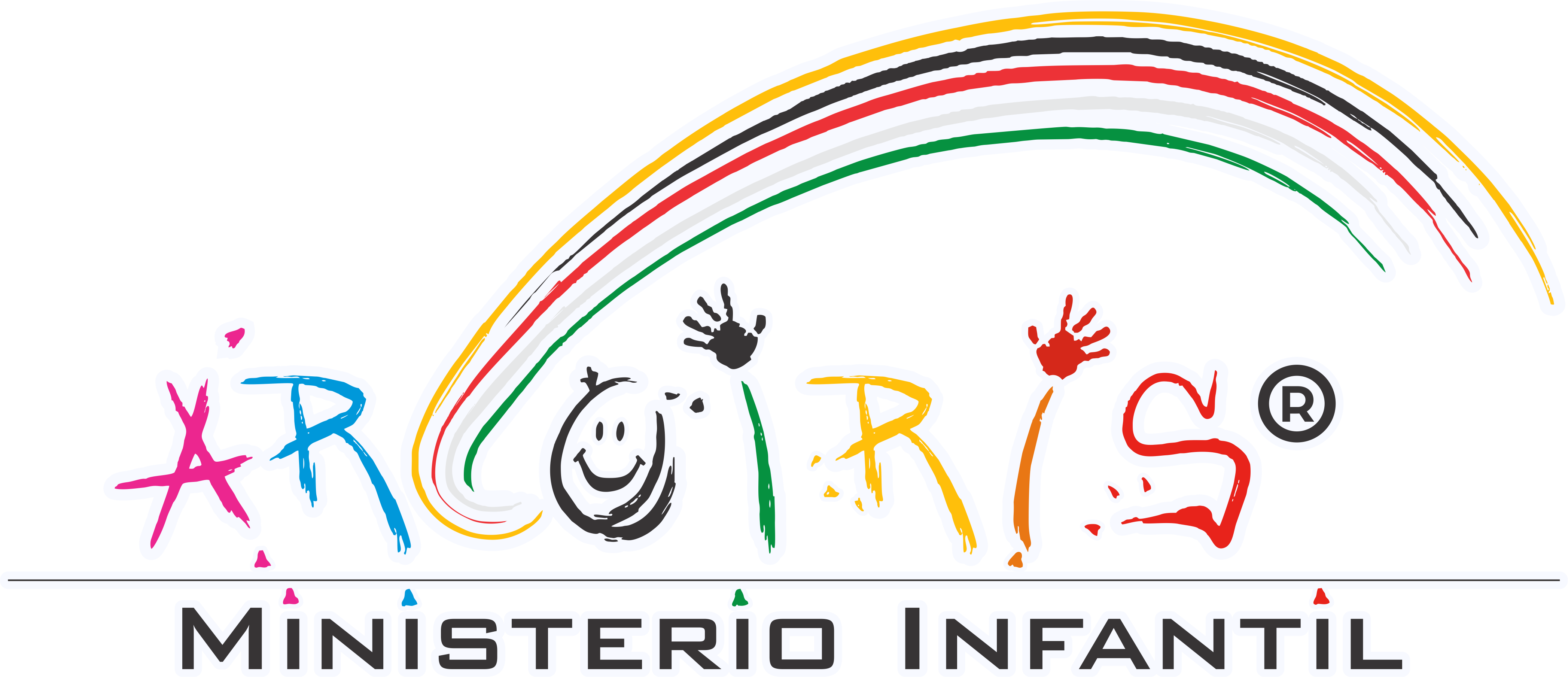Connect Your Kids with Service

Weve been writing storytelling scripts for this Easter season. We spend the first week of April talking about the Last Supper. We know the story well: Jesus, the Servant King, stoops to the lowest occupation in the room and washes his disciples’ nasty feet. He takes bread and wine and tells them to eat and drink in remembrance of him. This is not just about the communion; this is about the service as well. Serving people, all people, is being Jesus to them. We do this in remembrance that He loved us first and sacrificed his very life for us.
Service should be like breathing to the person who follows Jesus.
When we look at the characteristics of Generation iY (kids born in the 1990s), we find that while they are concerned about others, this concern is more grounded in the sexy cause of the year. Tim Elmore calls this being fashionate about a cause.
One Campaign
Going Green
Livestrong
Darfur
Make Trade Fair
Katrina
Haiti
Friends for Change
Think about all the different ways just in the past five years that Generation iY could be passionate about a cause. More often, however, the passion is short-lived in favor of the newest cause to hit the celebrity circuit. Long-term passion for anything is lacking.
This isnt to say that they dont care. I believe they do, but they have ADD when it comes to sticking with that cause for the long haul, and being cool is a hard thing to compete with. We honestly should be thankful that they are at least seeing the need to help people in need.
Serving like Jesus served though is not fashionate. On the contrary, its often dirty and anonymous. Serving like Jesus is being willing to be a servant, the servant of all.
How do we get our kids to even start to understand this aspect of service? Here are a few ideas:
1. Adopt a Ministry: Perhaps you have to rethink how you do service projects in your ministry. As directors, we have a plethora of ministries to help, and we want to help them all. However, helping all of them might not be helping your kids learn the most about what it means to serve the world. When you adopt a ministry to support, you enter into a relationship with them that isnt based on a fashion but based on love for God and people. Think about choosing a ministry that has various projects for the different age groups in your ministry. Also, the more local the ministry, the better the relationship. You can actually visit, take tours, and talk with people who this ministry helps.
2. Small Group: I know, I know. I ALWAYS talk about small groups. (Thats because they work!) Teach service in the context of small groups. We do this for lessons on stewardship as well. We take offering during the first part of small group with the moneys going towards the same general fund as the adult offering. This is a way that we can be a voice consistent with parents. Small group leaders model service and stewardship right in their group when they put their own offering in the can. This has led to some great conversations between leaders and students about what it means to give and how sometimes that giving is sacrificial.
3. Regular Part of Curriculum: Service cant just be something that is done at Thanksgiving and Christmas. Organizations have needs throughout the entire year. We write service projects into our curriculum. Sometimes, we have the kids make fleece scarves or blankets (we do live in Michigan!) during small group. This is a great way to get kids busy doing something constructive with their hands and free them to think about the discussion. And yes, even fifth grade BOYS have done this project. Other times, weve turned the room in a giant assembly line stuffing snack packs for a local food ministry. We make it fun.
4. Stories: The follow-up side of service is as important as the act of service itself. What was the impact of the completed project? Granted, you may not always know the full impact, and thats OK. But if there are stories to tell, tell them, and tell them often! Dont forget the ADD tendency of this generation; they need constant reminders that what they do is important.
5. Get Parents Involved: If the church as a whole has adopted a ministry that will work with kids, by all means, partner with that ministry! If parents have a passion for the ministry, they could be a positive influence on getting the kids involved. Church-wide service projects can be powerful in the life of your community.
Those are a few off the top of my head. What is working in your ministry? Id love to hear your stories and ideas!
Discover more from Ministerio Infantil Arcoíris
Subscribe to get the latest posts sent to your email.





